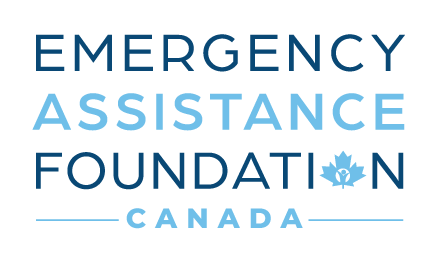
Support Your Employees by Establishing an Emergency Assistance Fund
March 5, 2017
Employee Donations for Emergency Funds Mean Stronger Employer Connections
May 3, 2017Grants to and donations from non-U.S. based employees are more complicated than those for U.S. based employees. This is primarily due to each country’s unique tax and privacy laws as well as the more difficult issue of making grants to individuals rather than the typical non-profit corporation.
A survey of Disaster Relief Funds found five approaches to making grants to employees outside of the U.S. They are listed in order of popularity along with the approximate dollars needed for each. The dollars needed category is defined as the pretax dollars required in order to get one after-tax dollar to the employee in need. This includes the dollars needed to operate a Fund and Program as well as those required to pay taxes.
U.S.-only focus: most companies address this either by only focusing on their U.S. based employees and ignore the rest or by making donations to general relief agencies in countries where they have employees who are affected by disasters. Their logic is that this structure covers the vast majority of their employees and is a step in the right direction for those outside of the U.S. ($1.30 is needed to deliver $1.00)
Grossing up: This means increasing the amount of the grant to compensate an employee for potential income taxes that will be incurred by receiving the grant. Grossing up the grant amount can be effective if the company has few non-U.S. employees, or if there is no clear path for making tax free grants.
An example of grossing up is as follows: if the average grant made in the U.S. is $2,500 then the equivalent amount for a country with a 30% tax rate would be $3,250. This can be a very cost effective way to address this issue. At first blush this approach appears to mean that the grossing up of all non-U.S. grants will mean that the program will require 30% more donation dollars. However, if non-U.S. employees are only 10% of the charitable class then the actual burden on the programs is only 3% increase in donations needed. How is this calculated? Here it is, if 10% of employees have potential gross up needs of 30% then we calculate that 10% of 30% = 3%. Based on this example, if a Fund is making $250,000 in grants each year, the average annual increase in donated dollars required will be $9,000. ($1.34 is needed to deliver $1.00)
Purchasing Power adjustment: A Program may also take into account the difference in purchasing power of the grant dollars for each country and reduce or increase the grant amount accordingly. For example, in the Philippines it takes substantially less than $2,500 to have the same economic impact as the $2,500 would in the U.S. This means that an upward adjustment to gross up for taxes may be offset by a downward adjustment based on Purchasing Power. The ultimate costs are very dependent on which countries the non-U.S. employees are located.
Establish non-profits in other countries: Not only is this approach very expensive and cumbersome, it can only begin to be practical if a Fund has a large number of people in the Charitable Class in a specific country. To date, very few have actually done this. It is extremely difficult to make this cost effective due to costs of establishing and operating a separate non-profit entity.
Avoid tax issues: This is rarely done but some employers simply do not make the effort to be tax efficient or to meet the IRS and State regulations required to be tax efficient. They typically grosses up every grant whether the employee is in the U.S. or not. ($2.30 is needed to deliver $1.00)
The compelling conclusion is to use a combination of the Gross up and Purchasing Power adjustment approaches. This allows a program to be effective while better solutions are found.
Read more: White & Case, “Global HR Hot Topic: International Payroll Donations after Global Disasters,” March 2010, http://brazilcham.com/sites/default/files/documents/legacy/45215.84_@_brazil_cham_global_hr_march_2010_0.pdf




